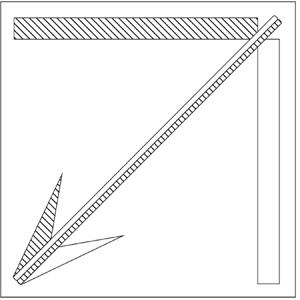Article contents
Inverse transfer of magnetic helicity in direct numerical simulations of compressible isothermal turbulence: helical transfers
Published online by Cambridge University Press: 25 June 2021
Abstract

The role of the different helical components of the magnetic and velocity fields in the inverse spectral transfer of magnetic helicity is investigated through Fourier shell-to-shell transfer analysis. Magnetic helicity transfer analysis is performed on chosen data from direct numerical simulations of homogeneous isothermal compressible magnetohydrodynamic turbulence, subject to both a large-scale mechanical forcing and a small-scale helical electromotive driving. The root mean square Mach number of the hydrodynamic turbulent steady state taken as initial condition varies from 0.1 to about 11. Three physical phenomena can be distinguished in the general picture of the spectral transfer of magnetic helicity towards larger spatial scales: local inverse transfer (LIT), non-local inverse transfer (NLIT) and local direct transfer (LDT). A shell decomposition allows these three phenomena to be associated with clearly distinct velocity scales: the LDT is driven by large-scale velocity shear and associated with a direct magnetic energy cascade; the NLIT is mediated by small-scale velocity fluctuations which couple small- and large-scale magnetic structures; and the LIT by the intermediate spatial scales of the velocity field. The helical decomposition shows that like-signed helical interactions and interactions with the compressive velocity field are predominant. The latter has a high impact on the LDT and on the NLIT, but plays no role for the LIT. The locality and relative strength of the different helical contributions are mainly determined by the triad helical geometric factor, derived here in the compressible case.
- Type
- JFM Papers
- Information
- Copyright
- © The Author(s), 2021. Published by Cambridge University Press
References
REFERENCES
- 2
- Cited by



